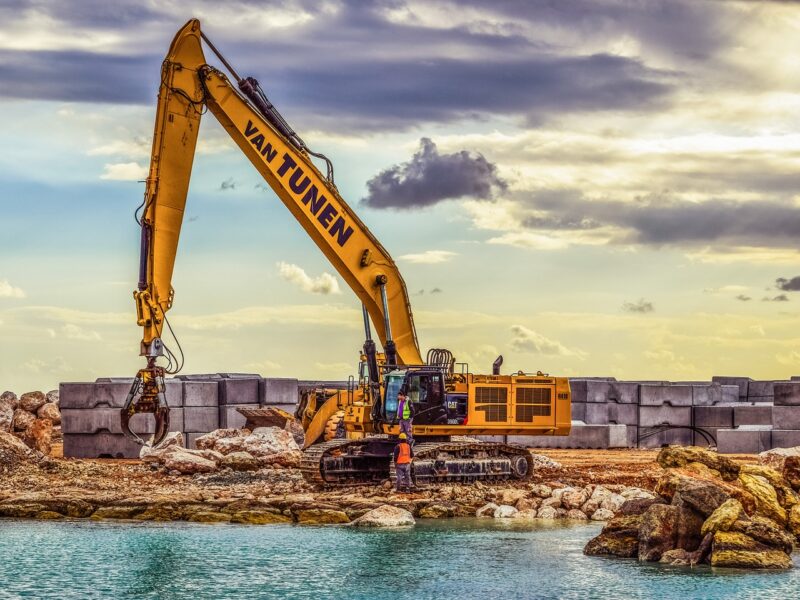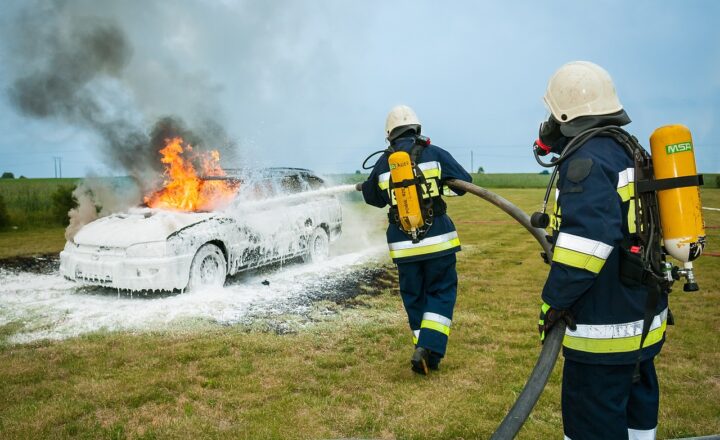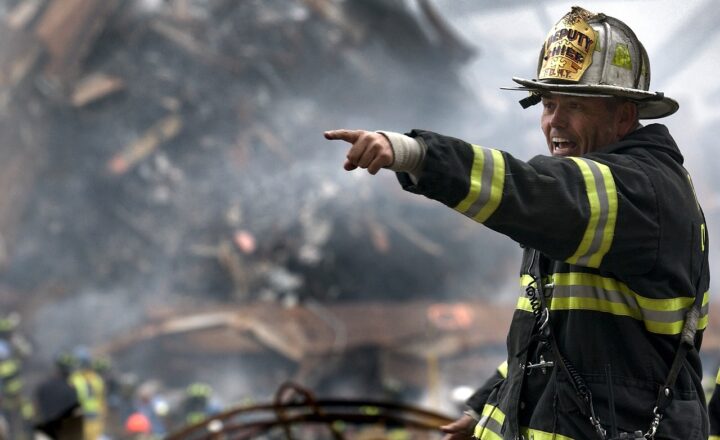How Firefighters Use Hydraulics and Special Equipment to Save Lives in Accidents
November 13, 2024

Firefighters are often the first responders at accident scenes, tasked with saving lives in critical situations. Fires, traffic collisions, and other emergencies can demand quick thinking, advanced skills, and specialized tools. Among these tools, hydraulic systems and special equipment stand out, playing a crucial role in their operations. This article explores how hydraulic tools and specialized gear enable firefighters to perform life-saving rescues during accidents, emphasizing the technology, techniques, and the training they undergo to respond effectively.
Understanding Hydraulic Rescue Tools
Hydraulic rescue tools have revolutionized the way firefighters approach extrication in emergency situations. These tools, commonly referred to as the “Jaws of Life,” use hydraulic power to cut, spread, and lift heavy materials, making them indispensable during vehicle rescues and building collapses.
Hydraulic tools can be categorized into three primary functions:
- Cutting: Hydraulic cutters are designed to slice through metal and other tough materials, enabling firefighters to reach trapped individuals quickly. They can cut through car frames, metal beams, and even safety belts holding injured victims in place.
- Spreading: Hydraulic spreaders, often referred to as “the jaws,” can create large gaps in metal structures, allowing victims to be extracted safely from vehicles or debris. By applying immense force, they can separate mangled metal enough to provide space for rescue operations.
- Lifting: Hydraulic rams are used to lift heavy objects, such as collapsed buildings or vehicles, to free entrapped individuals. These tools can be crucial in stabilizing the scene and preventing secondary injuries to victims or rescuers during extraction operations.
The power of hydraulic tools allows firefighters to act swiftly and efficiently, which is often the difference between life and death in emergency situations.
The Importance of Training and Safety
Successful use of hydraulic tools requires thorough training and knowledge of safety protocols. Firefighters undergo extensive training to handle these powerful devices effectively, ensuring they can operate them quickly under pressure.
Training programs typically cover:
- Tool Operation: Firefighters learn the mechanics of hydraulic tools, understanding how to activate and operate them safely. Knowledge of each tool’s capabilities improves efficiency during emergencies.
- Scene Assessment: Before using hydraulic equipment, firefighters assess the situation for potential hazards. This assessment includes checking for electrical lines, fuel leaks, and shifting debris that could pose risks during rescue operations.
- Team Coordination: Effective communication is vital. Firefighters train together to hone coordination and ensure everyone understands their roles during rescue operations, maximizing their efficiency and safety.
Continual training and drills are necessary to keep skills sharp and ensure that every firefighter is prepared for real-life scenarios. The ability to work seamlessly as a team while using hydraulic technology can be the key factor in saving a life.
Special Equipment That Assists Firefighters in Rescues
In addition to hydraulic tools, firefighters utilize various forms of specialized equipment that enhance their ability to respond to accidents effectively:
- Thermal Imaging Cameras: In scenarios where visibility is low, such as smoke-filled rooms or at night, thermal imaging cameras help firefighters locate individuals by detecting body heat. This technology improves search efforts and accelerates rescue operations.
- Rescue Struts: These adjustable struts stabilize vehicles and structures during extrication, preventing further collapses. Their lightweight design and ease of use make them valuable when working under unstable conditions.
- Personal Protective Equipment (PPE): Firefighters wear specialized clothing and gear designed to withstand heat, flame, and sharp debris. PPE also includes helmets, gloves, and boots, which offer protection during rescues in hazardous environments.
- Stretcher Systems: Specialized stretchers, such as basket stretchers and spine boards, enable safe transport of injured individuals from the scene to medical facilities, providing critical spinal and orthopedic support during transfer.
The combination of hydraulic tools and specialized equipment empowers firefighters to perform with precision and efficiency, ultimately enhancing their life-saving capabilities.
Real-Life Applications of Hydraulic Tools in Rescues
Real-life incidents illustrate the significant role hydraulic tools play in fire rescue operations. Below are notable examples of situations where firefighters relied on hydraulic equipment to save lives:
1. Traffic Collisions:
In many traffic accidents, vehicles may become severely mangled, trapping occupants inside. Hydraulic cutters are often deployed to slice through the metal, allowing rescuers to access victims quickly. In a notable incident, a multi-vehicle pileup required firefighters to extract individuals from crushed vehicles using hydraulic spreaders, effectively widening gaps to provide a safe exit for trapped occupants.
2. Building Collapses:
During structural failures, such as building collapses, hydraulic rams are used to lift heavy debris and stabilize unstable structures. Firefighters operate these rams to create enough space for trapped individuals to crawl to safety. In one case, a construction site accident involved an underground collapse, and firefighters used hydraulic systems to lift concrete blocks and rescue workers trapped beneath.
3. Natural Disasters:
During hurricanes or earthquakes, fallen trees and debris can trap individuals. Firefighters utilize hydraulic tools to clear away obstructions and facilitate rescues. An example includes rescuing individuals trapped in homes after severe flooding, where hydraulic spreaders were required to open doors blocked by debris.
These examples demonstrate the effectiveness and necessity of hydraulic technology in the firefighting profession, underscoring their readiness to respond to diverse and critical situations.
Conclusion: The Lifesaving Role of Firefighters and Hydraulic Technology
Firefighters serve on the frontlines, equipped with advanced knowledge and specialized equipment to handle emergencies. Hydraulic tools and specialized gear have profoundly impacted their capacity to save lives during accidents and disasters. The combination of cutting, spreading, and lifting capabilities enables them to navigate complex and often dangerous scenarios with precision.
As technology advances, firefighters continue to train and equip themselves with the latest tools ensuring they remain prepared to tackle any challenge. Their commitment to saving lives reflects the essence of their profession, aided remarkably by the power of hydraulics and specialized rescue equipment.
The next time a rescue operation unfolds, it is comforting to know that innovation in hydraulic technology and the bravery of firefighters work hand in hand to save lives. Whether it’s on the highways, buildings, or disaster-stricken areas, firefighters embody the spirit of hope and resilience, making the world a safer place, one rescue at a time.








